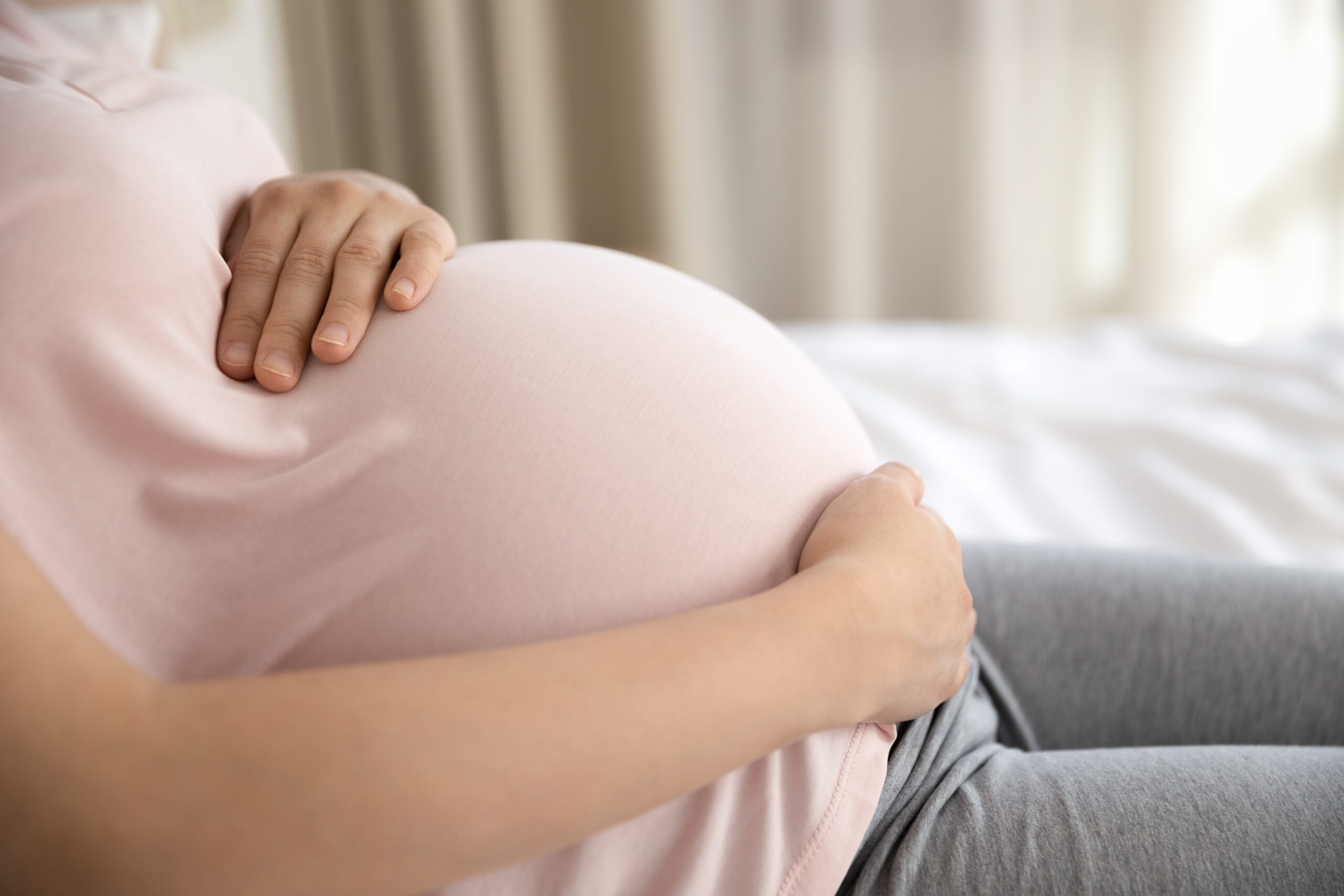Abortion Numbers the Lowest in Decades – So Why All the Concern Over Abortion Access?

The Guttmacher Institute, the nation’s largest abortion research group, announced that the rate of abortion has decreased to record lows because of increased contraception use and declining pregnancy rates.
The initial reaction was extremely positive from the pro-life community, which many considered a sign that pro-life legislation has been successful. But is it? When reviewing Guttmacher’s more detailed study, while there is opportunity to celebrate, there are also a few key pieces that seem to indicate that all is not well when it comes to abortion in the United States.
According to the report, abortion may be declining but so are the country’s fertility rates. That’s not a good thing. While we can all celebrate that there are less children being aborted, a fertility rate of 1.72 is pretty abysmal. That is barely enough to sustain the country’s population. It also puts an enormous strain on welfare systems that support the elderly, like Social Security and Medicare, which need young workers to contribute in order to sustain the programs.
There are also fewer people interested in starting a family. A study released in August revealed that only about 43% of young Americans place a high value on having children, that is 16 points lower than a 1998 survey. Some of the reasons that some young Americans cite for not wanting children include such things as “climate change,” financial insecurity and the desire for a career.
Surprisingly, the report revealed that a number of women are also continuing to use permanent methods of birth control like sterilization. According to Guttmacher, when asked about what method of contraception they used last month, about 13.4% of women ages 15-44 reported “tubal ligation,” where the fallopian tubes are tied, at some point. It is somewhat surprising that such a large percentage of women choose such a permanent route.
For women, sterilization or tubal ligation is possible to reverse, but it is not without risks, nor is it 100% effective. Reversal also isn’t covered by insurance. The procedure can run into the tens of thousands of dollars and remains a much more surgically invasive process in comparison to a vasectomy. There is also a growing movement of women who request sterilization at a young age because they do not want to have children.
Information also indicates that more women are turning to self-medicated abortions, either from lack of access or, more likely, as is the result of the abortion industry’s rather successful campaign to portray abortion as a “safe” medical procedure. It is estimated that about 1% of women try to self-induce their own abortion. This is not only profoundly unsafe, but some end up at an abortion clinic after their attempt. Even a quick Google search can find various “natural” methods of trying to induce an abortion. The regions of the country with the highest reported level of self-induced abortion includes the South (25%) and West (21%), which is odd considering that the West is proportionally more pro-abortion and has more abortion clinics than other regions of the country.
More women are also turning to the abortion pill, known as a medical or chemical abortion. According to the report, there has been about a 25% increase in the number of women seeking out a medical abortion between 2014 and 2017. These abortions were conducted at specialized clinics and high-volume facilities, which are defined as clinics that have an annual caseload of more than 1,000 abortions. This increase could make this process more readily available, especially with the recent push to make the abortion pill available through a pharmacist.
Guttmacher concludes that pro-life legislation may not make much of a difference in ensuring a decline in the number of abortions. This could both true and a little misleading. Yes, the research institute found that “these restrictive policies do not appear to have been the primary driver of declining abortion rates.” But it could also be that Guttmacher, as a pro-abortion organization, didn’t want to acknowledge the impact of pro-life legislation.
Considering all of this information, it appears that concerns over the impact of pro-life legislation is largely overblown. The Associated Press recently ran a detailed article lamenting the struggles women have to access abortions, but this research clearly puts their conclusion, that the hinderance is pro-life legislation, into question.
The problem isn’t that women can’t access abortion, but that more women appear generally uninterested in children and are seeking permanent solutions to avoid becoming pregnant. That is immensely problematic. A sign of a healthy population is children, and if that is no longer a priority, then a decline in abortion doesn’t mean more women are carrying babies to term, it just means they’re taking permanent measures to avoid having children.
American women having fewer abortions is positive, but still about 1 in 5 pregnancies end in abortion. That is still far too many, but there is some good news. Pro-life supporters should be encouraged to continue pursuing legislation that protects life, because, if like Guttmacher concludes, it doesn’t have much of an impact, then it shouldn’t matter what legislation is introduced.
ABOUT THE AUTHOR
Brittany Raymer serves as a policy analyst at Focus on the Family, researching and writing about abortion, assisted suicide, bioethics and a variety of other issues involving the sanctity of human life and broader social issues. She regularly contributes articles to The Daily Citizen and has written op-eds published in The Christian Post and The Washington Examiner. Previously, Raymer worked at Samaritan’s Purse in several roles involving research, social media and web content management. While there, she also contributed research for congressional testimonies and assisted with the Ebola crisis response. Raymer earned a bachelor of arts in history at Seattle Pacific University and completed a master’s degree in history at Liberty University in Virginia. She lives in Colorado Springs with her beloved Yorkie-Poo, Pippa.




